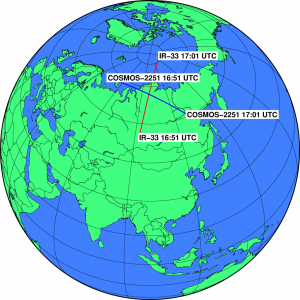Most of my hacking occurs in a vacuum: where I sit in my living room or in my home office and toil away silently on projects which occasionally get documented here, but which all too often are just my way of passing the time. On the way to work, I was asking myself what I could do to boost my own excitement about these projects, and provide some incentive to do more, and on a more regular basis.
So, I had an idea which is almost certainly not new: the idea of a virtual hackerspace.
For years, I used to donate my Friday evenings to the Chabot Amateur Telescope Makers workshop. I’d go down and spend three or four hours showing up, seeing who needed help on a telescope project, or I’d bring my own and work on that. I want to create a more generic “workshop network”, where people can meet regularly for a kind of hackerspace parallel play using video conferencing technology.
In some sense, it’s just an extension of Google Hangouts. The idea would be that each participant would have a webcam/microphone setup, and at the appointed time, we could all just open our cameras and mics, say “hi” to one another and then go about our business, potentially sharing our projects or asking questions of the group at large. I’ve mostly used Hangouts for simple one-to-one conversations, and have little experience with larger groups, and didn’t really find any obvious links about how to manage larger groups. Does anyone have any recommendations on how to setup such a network? I am not really interested in creating a “show”, but really more of a set of spaces which encourage mutual collaboration and interest.
I’m willing to entertain other technologies as well, if people have better suggestions.
And, if you would be interested in joining in this kind of “network”, drop me a note here or on twitter (@brainwagon). I’ll try to do an update of what I learn.


 I had to look up the word “boffin”. Seemed timely given the release of Romero’s Land of the Dead.
I had to look up the word “boffin”. Seemed timely given the release of Romero’s Land of the Dead. 
 If you would like to wander back to the days of the Keith Partridge and Greg Brady and make a really groovy pad, you can go learn
If you would like to wander back to the days of the Keith Partridge and Greg Brady and make a really groovy pad, you can go learn  Project Gutenberg just released Tesla’s
Project Gutenberg just released Tesla’s 
 Another bit of clip art from the lads at Project Gutenberg. This one comes from
Another bit of clip art from the lads at Project Gutenberg. This one comes from